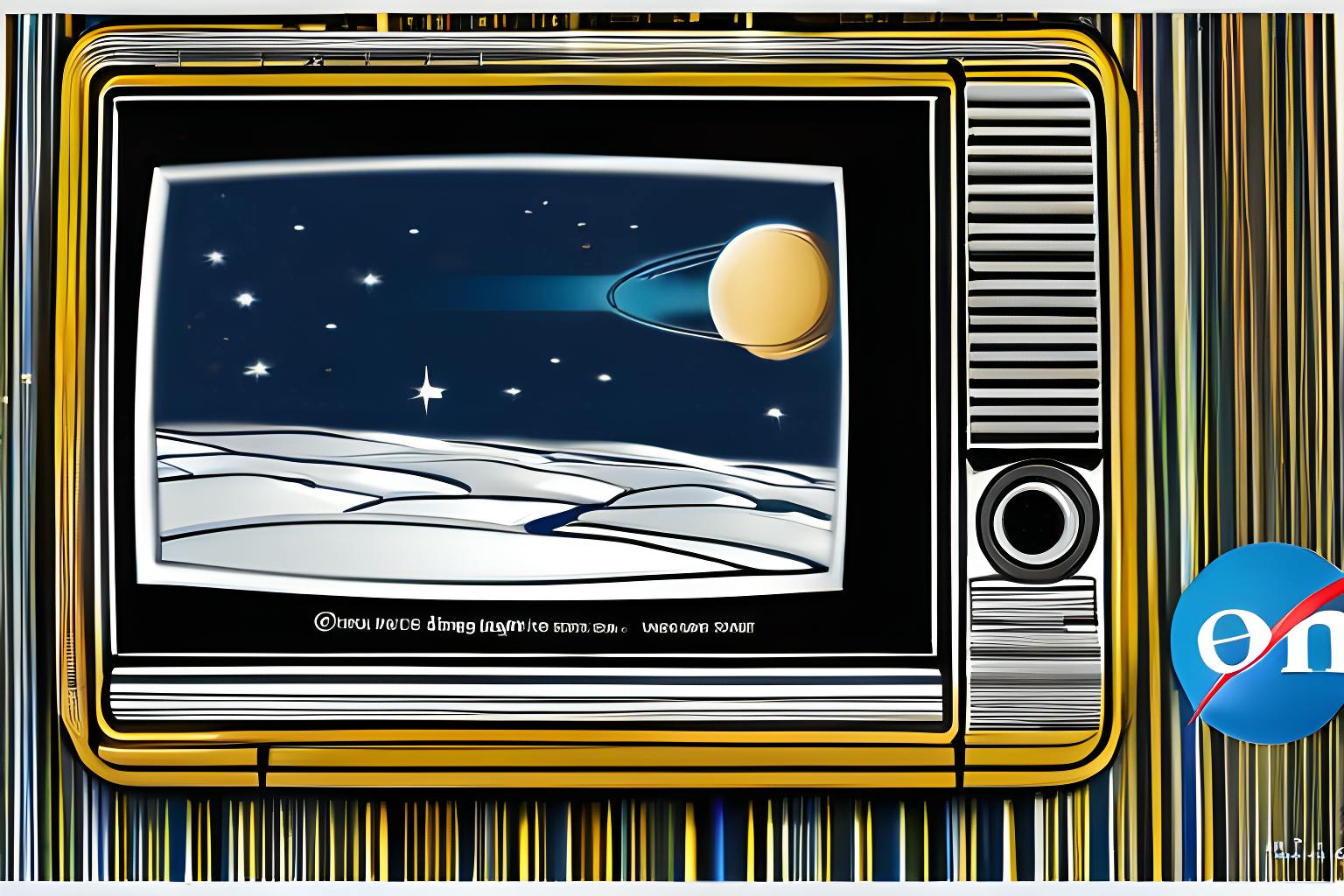United States Of America. v. Microsoft Corporation Court Filing by Thomas Penfield Jackson, November 5, 1999 is part of
-
The Cause of the Change in Usage Shares
-
The changes in usage share described above would likely not have occurred had Microsoft not improved its browsing software to the point that, by late 1996, the average user could not discern a significant difference in quality and features between the latest versions of Internet Explorer and Navigator.
As Microsoft’s top executives predicted, however, Internet Explorer’s quality and features have never surpassed Navigator’s to such a degree as to compel a significant part of Navigator’s installed base to switch to Internet Explorer.
An internal Microsoft presentation concluded in February 1998 that “[m]any customers see MS and NS as parity products; no strong reason to switch,” and another internal review three months later reported, “IE4 is fundamentally not compelling” and “[n]ot differentiated from Netscape v[ersion]4 — seen as a commodity.”
For a time, even among new users, Navigator was likely to win most choices between comparable browser software, because most people associated the Internet and cutting-edge browsing technology with Netscape rather than with Microsoft.
So, if Microsoft had taken no action other than improving the quality and features of its browser, Internet Explorer’s share of usage would have risen far less and far more slowly than it actually did.
While Internet Explorer’s increase in usage share accelerated and began to cut deeply into Navigator’s share after Microsoft released the first version of Internet Explorer (3.0) to offer quality and features approaching those of Navigator, the acceleration occurred months before Microsoft released the first version of Internet Explorer (4.0) to win a significant number of head-to-head product reviews against Navigator.
This indicates that superior quality was not responsible for the dramatic rise Internet Explorer’s usage share.
-
Including Internet Explorer with Windows at no additional charge likely helped the usage share of Microsoft’s browsing software. It did not, however, prevent OEMs from meeting demand for Navigator, which remained higher than demand for Internet Explorer well into 1998.
Moreover, bundling Internet Explorer with Windows had no effect on the distribution and promotion of browsing software by IAPs or through any of the other channels that Microsoft sought to pre-empt by other means. Had Microsoft not offered distribution licenses for Internet Explorer — and other things of great value — to other firms at no charge; had it not prevented OEMs from removing the prominent means of accessing Internet Explorer and limited their ability to feature Navigator; and had Microsoft not taken all the other measures it used to maximize Internet Explorer’s usage share at Navigator’s expense, its browsing software would not have weaned such a large amount of usage share from Navigator, much less overtaken Navigator in three years.
Continue reading here.
About HackerNoon Legal PDF Series: We bring you the most important technical and insightful public domain court case filings.
This court case Civil Action No. 98-1232 (TPJ) retrieved on 2-13-2023, from justice.gov is part of the public domain. The court-created documents are works of the federal government, and under copyright law, are automatically placed in the public domain and may be shared without legal restriction.

